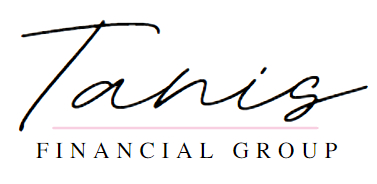When pay day rolls around, we are so excited to see that direct deposit magically appear in our bank account. And the first thing we usually do when we see those dollars? Pay the bills. We run the pay everyone else before we stop and pay ourselves.
Right now, you’re probably thinking, I’m not my own employee, why would I be paying myself? What does that event mean?
Think of it as paying future you.

Personally I am not a fan on strict budgets where I need to go put back a bunch of bananas at the grocery store because buying them would mean pushing me over my food budget for the month. I prefer to use the method of paying myself first and not trying to find and scrimp pennies each month to throw into savings.
As an employee of my own business I still get to have that fun direct deposit pay day. The way I currently have it structured is that I get paid once a month. On pay day my after-tax dollars appear in my account and that same day automatic savings come flying out of that account.
Based on my current goals these are the accounts that I have set up
1.Retirement- as a business owner I don’t have a traditional 401k so for you the dollars you see on pay day would most likely be post-retirement contributions. But if you are contributing to additional retirement accounts outside of your 401k then you would want to keep this column
2.Vacation- I take one big international trip every year that I set aside funds for every month
3.Investments/ Taxable account- don’t forget even if you are contributing to an investment account this doesn’t mean the funds are being investing
4.Sinking Fund- this is where I put away extra dollars for things that aren’t exactly emergencies but that are larger purchases that happen every year that I want to be prepared for (ex. Two weeks ago my mechanic dropped on me that I need new back brakes for $600. Not an emergency but as a car owner these things happen)
5.Emergency Fund- Although my account is fully funded, I like to still add in a small amount to account for life getting more expensive every year
6.Home Savings: One of my biggest goals right now is a home purchase so I put away money that remains in cash (and not invested) so I have it when I am ready to take the leap into home ownership
And after all of these (now automated in my world) payments- to myself- have happened I am left over with the dollars that will go towards rent, utilities, food, clothing etc.
In order to figure out how much to pay yourself first you need to back into that number. Here’s what I mean: If you typically spend $7,500 a month on all the necessities plus some eating out and make $9,750 each month, you know you can allocate $2,250 to paying yourself first. Based on your goals and timeline for each goal you can divide.
Need a little help setting this all up? Don’t worry you aren’t in this alone. Schedule a strategy session today so we can map a plan to implement the pay yourself first method.

